Grand opening of The Cell where art meets life science
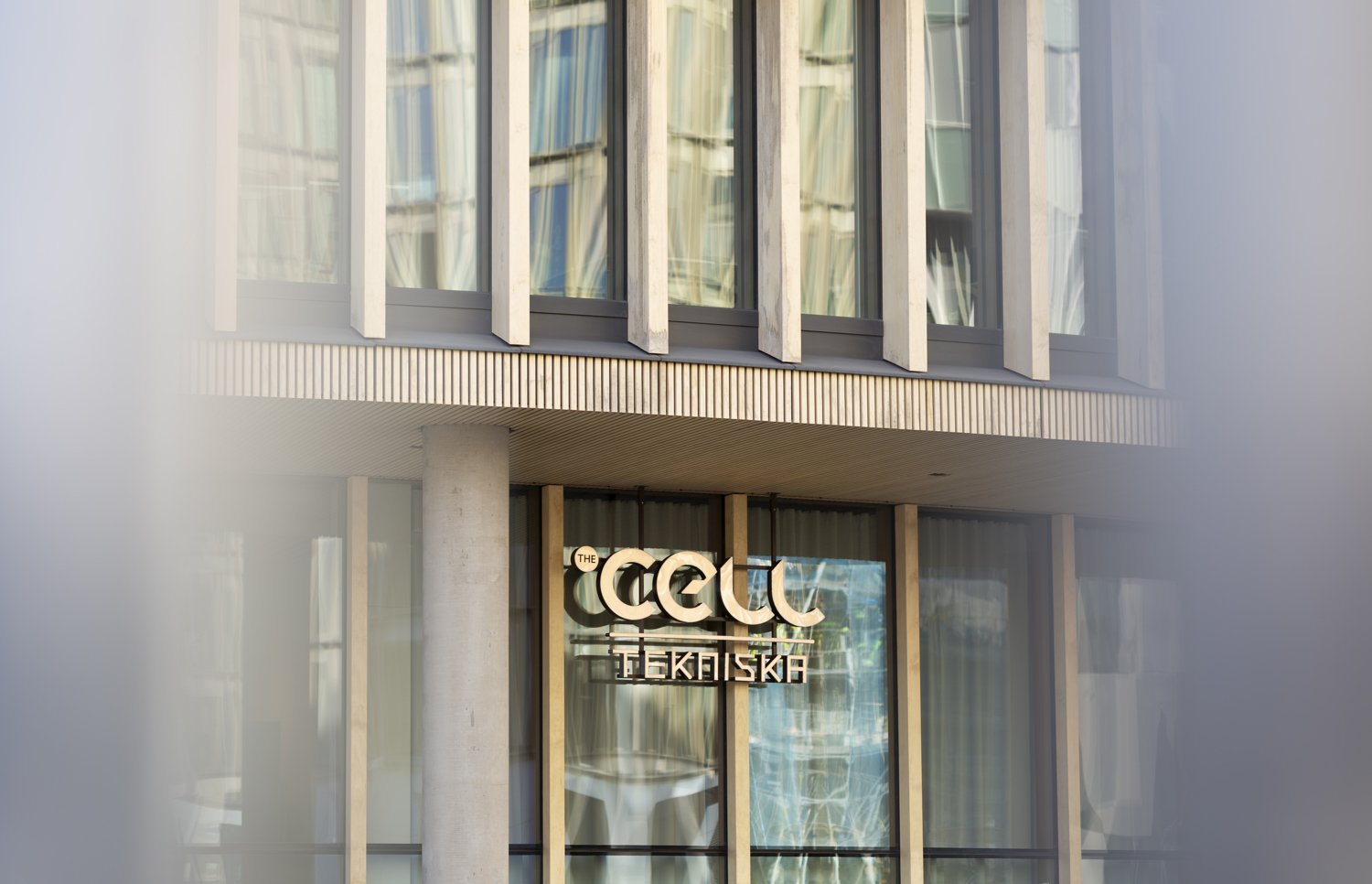
During Kulturnatt Stockholm (Culture Night) on 20 April, The Cell opened to visitors. The Cell is a place where art helps to explain the complex world of life science. The National Museum of Science and Technology is responsible for the initiative and Karolinska Institutet is involved as a knowledge partner and a bridge between the world of research and the public events at The Cell.
Life science is a rapidly developing area of excellence in Sweden. To maintain this position in the future, there needs to be greater public interest in life science, innovation and technology, and greater collaboration between academia, industry and society at large. This is a task that Karolinska Institutet is taking on with great commitment.
With the opening of The Cell, there is a place to develop and manage the general interest in life science, not least among children and young people.
The Cell offers exhibitions on the theme of life science, stage performances, educational school programmes, discussions and meetings.
KI researchers choose themes
KI researchers and experts are involved in planning themes for new exhibitions. This year's theme is "Existence" and the highlight is three exhibitions from Helen Pynor, an Australian artist and researcher who explores the boundaries between life and death.
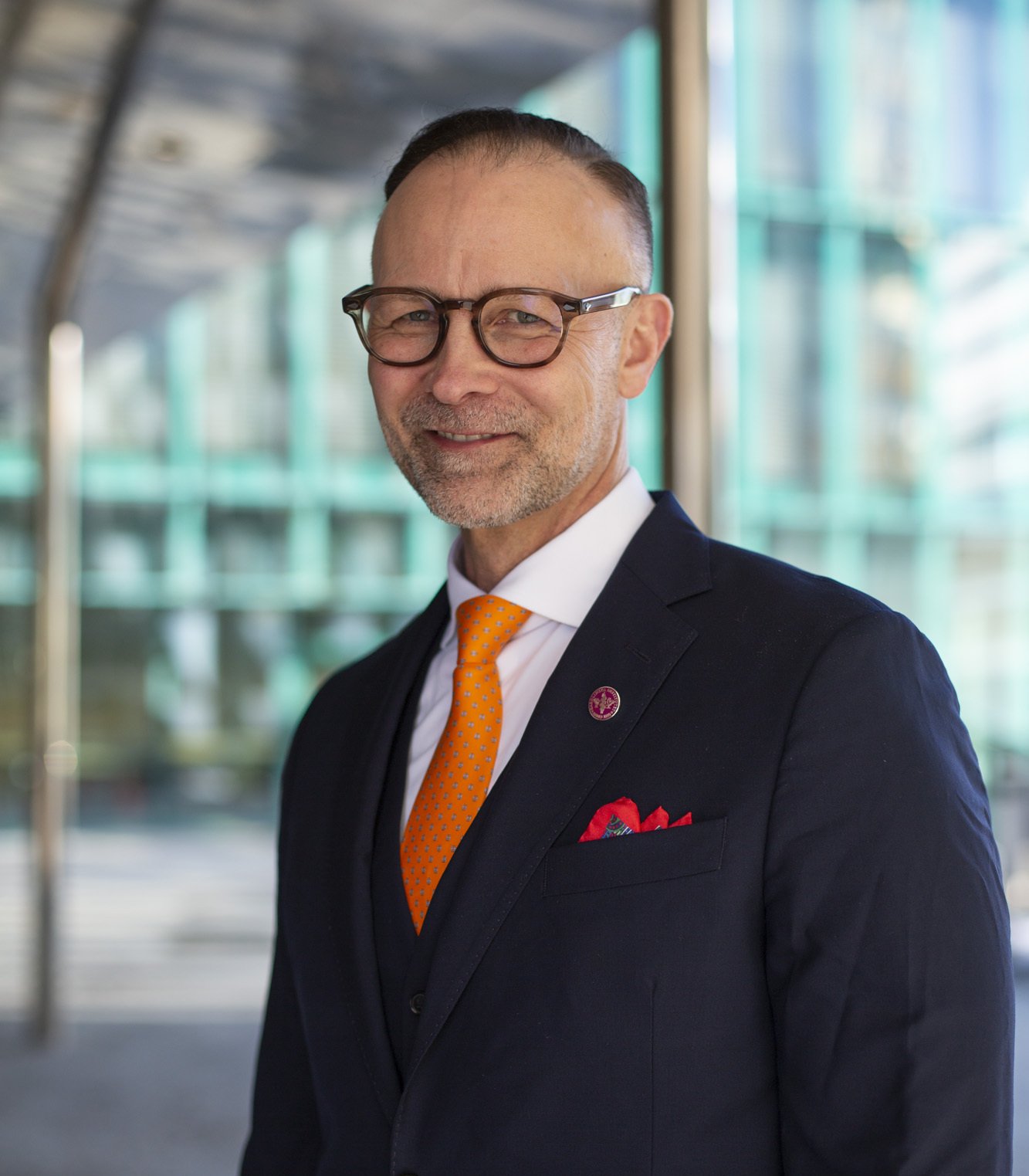
“We at KI look forward to continuing to develop the good cooperation with the Technical Museum, which has extensive experience of communicating research in an exciting and educational way. Our mission is, among other things, to propose interesting areas in life science to explore and explain,” says Martin Bergö, KI's vice president and member of The Cells steering committee. He continues:
“Our researchers and the experts who participate in the work with The Cell have a lot to contribute from their respective research areas, but also because they themselves are artists, writers or generally interested in culture,” he says.
On weekdays, The Cell is a resource for school students and teachers. On weekends and evenings, it is a meeting place for music and art experiences and conversations related to the theme of the current exhibition.
Science as art
Björn Högberg's origami is a direct result of his work as a researcher in biophysics at KI. He calls it DNA origami and it is now on display at The Cell.
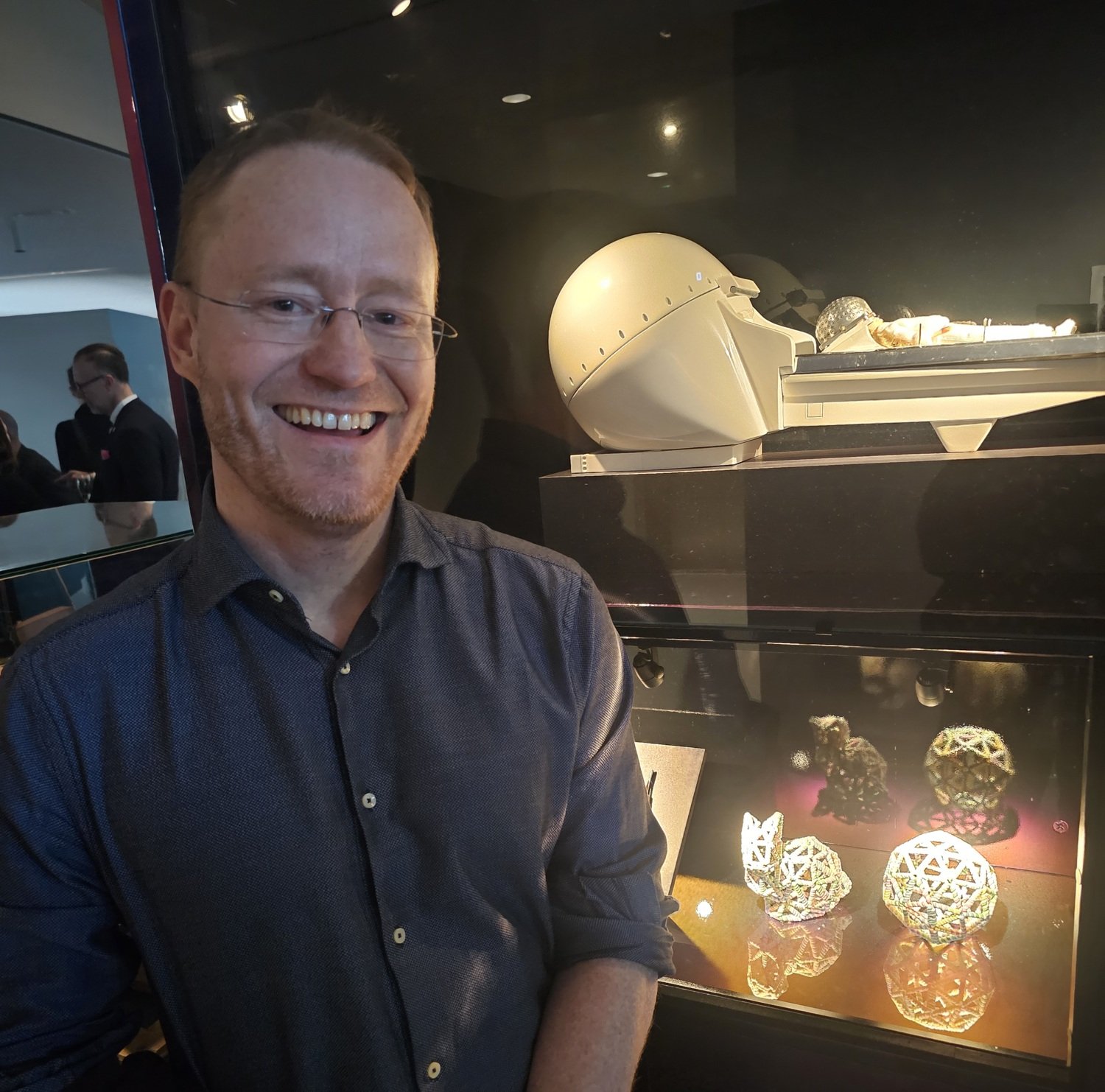
"In our research, we build nanometre-sized 3D models of DNA to learn more about how cells read other cells' Braille, i.e. patterns of proteins on other cells. These particular figures shown here are just to show the power of the technology. We can build any structure we want," says Björn Högberg, professor at the Department of Medical Biochemistry and Biophysics and artist.
For researchers, DNA modelling can help solve a major challenge in cancer research and treatment.
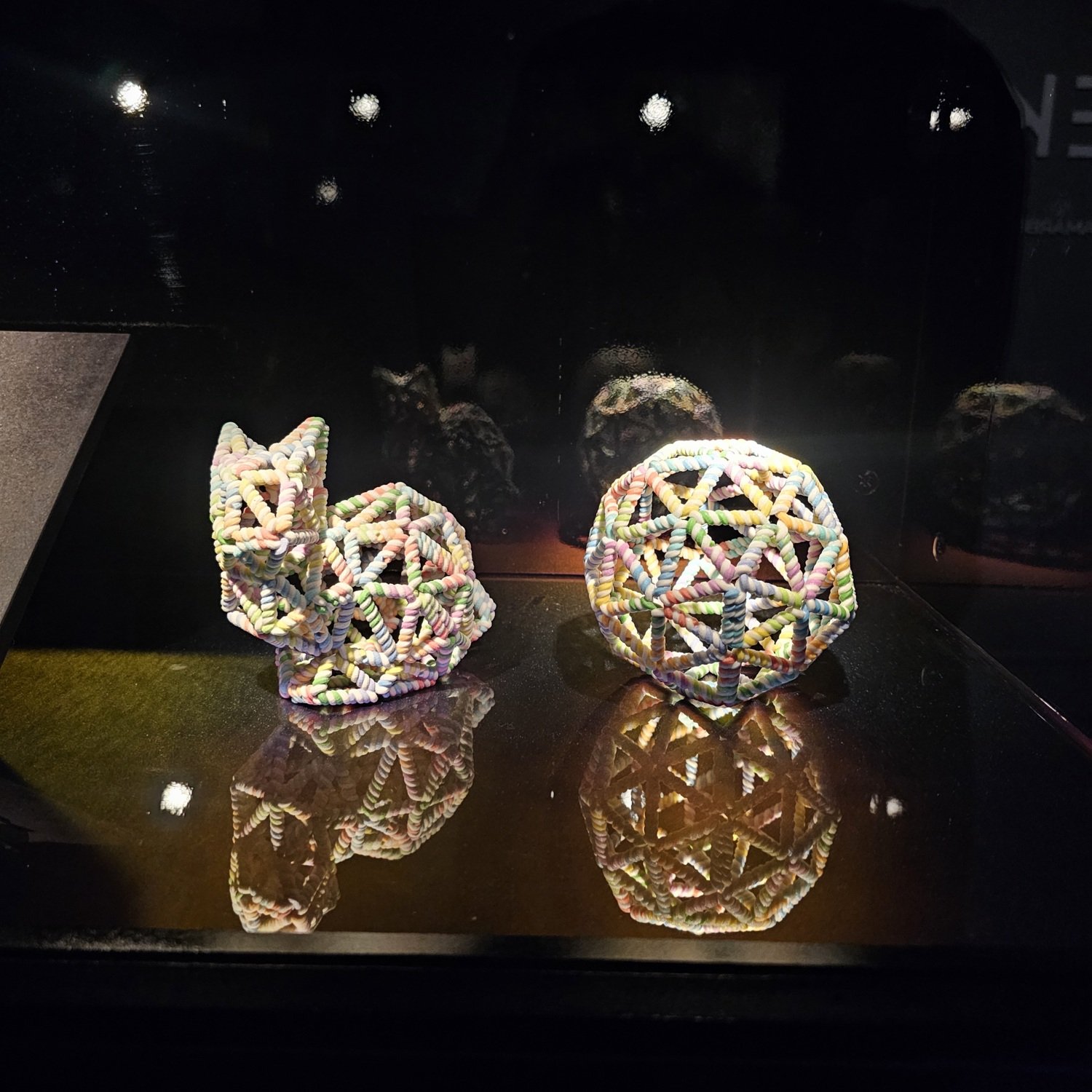
"By studying cell signalling pathways, we have learned how to trick cells into committing suicide, and we hope to use this knowledge to specifically kill cancer cells. I enjoy doing popular science and helping to raise public interest in research," says Björn Högberg.
Getting more young people interested
The Cell will encourage more people to learn more about life science and, by extension, encourage more young people to choose a profession in the field.
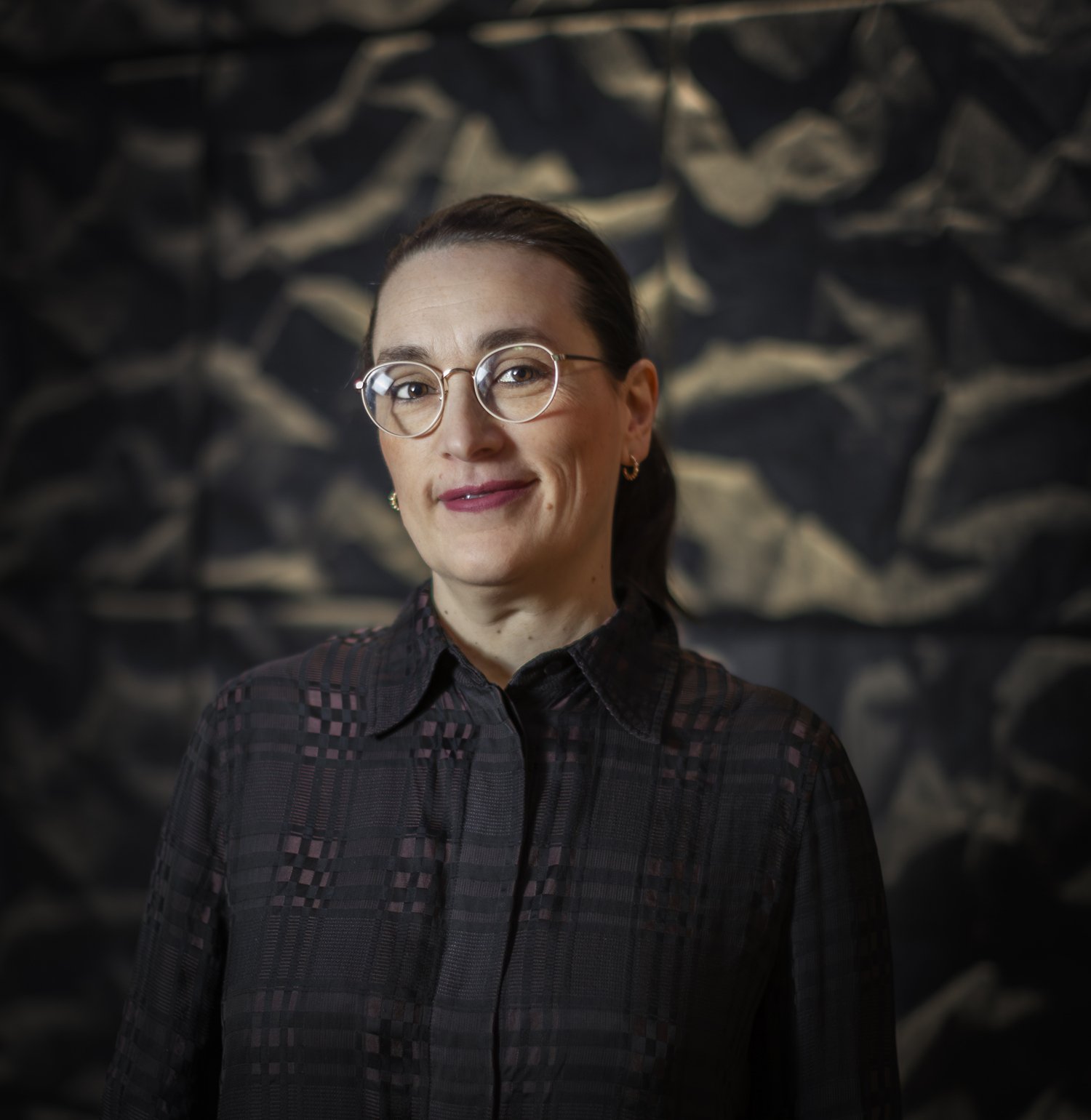
“With The Cell, we want to create a place where art helps us explore and understand the complex world of life science. We want to accommodate art, science and social issues under the same roof. We believe that art can open new doors to understanding how the fields are connected,” says Samira Bouabana, Director of The Cell.
The Cell is located in the newly built Forskaren neighbourhood in Hagastaden in central Stockholm, a new district that brings together world-leading life science research.
The Cell has a public area of about 750 square metres divided into two levels, where the main part of the exhibition area is on the street level of Forskaren, while the upper floor has space for educational workshops for school classes.
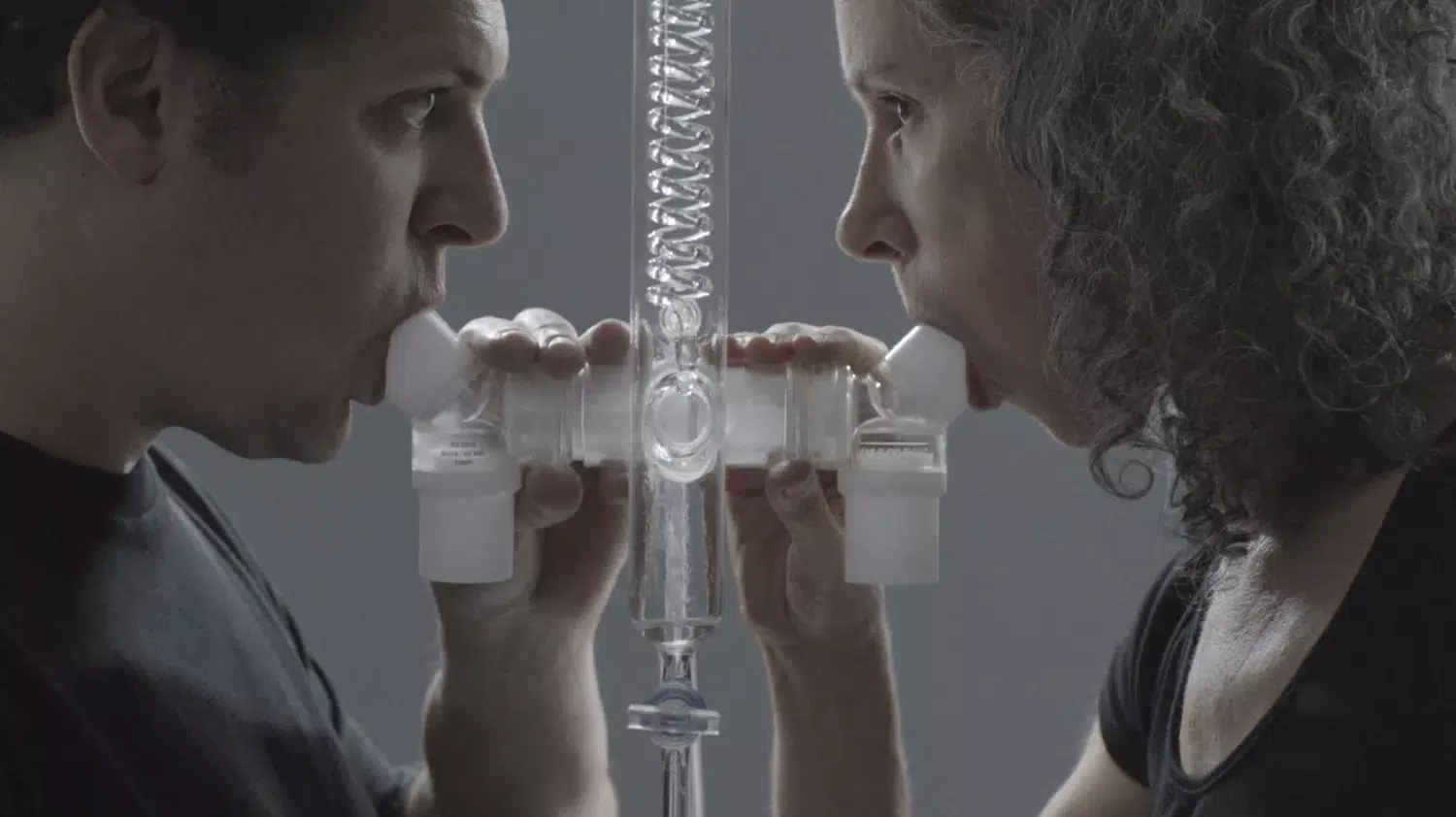
Helen Pynor exhibits at The Cell
From the opening until spring 2025, the exhibition Borderlands will be shown at The Cell with three works by Helen Pynors: "The Body is a Big Place”, "93% Human” and "The End is a Distant Memory”.
This is the first time that Helen Pynors' work has been shown in Sweden.
The photo shows "93% Human”.
